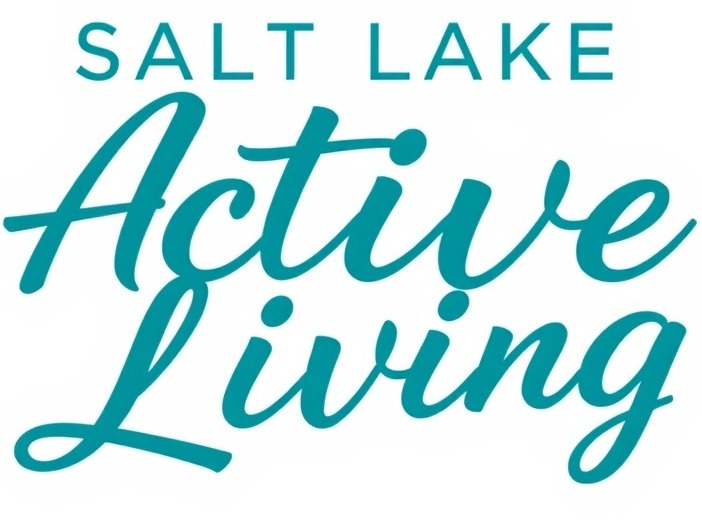
Understanding Inhalant Use: What Parents Need to Know
Inhalant use, also known as huffing or chroming, is a disturbing trend among young teens that involves inhaling fumes from everyday household products to achieve a quick high. These substances can include products like aerosols, solvents, and nitrous oxide from whipped cream chargers. With easy access to these items, young teens find themselves experimenting with inhalants, often without an understanding of the serious risks involved.
Why Are Young Teens Engaging in Inhalant Use?
The accessibility and often lower perceived danger of inhalants compared to other substances make them appealing, particularly for middle school students. According to the 2024 Monitoring the Future study, inhalant use tends to peak during the 7th and 9th grades. This timing underscores the importance of proactive educational efforts for both parents and schools to address these dangers early on.
Common Inhalants: A Closer Look
Inhalants are typically everyday products that, when used as intended, are safe, but can be extremely harmful when inhaled for recreational purposes. Here are some commonly misused inhalants:
Aerosols: These include deodorants, air fresheners, and whipped cream chargers.
Solvents: Found in products such as paint thinners and nail polish removers.
Other Items: Everyday household goods like glue, lighter fluid, and even helium can be misused.
A concerning trend is the rise of Galaxy Gas, a larger canister of flavored nitrous oxide, which has seen increased popularity on social media platforms like TikTok. This phenomenon indicates a need for increased awareness and prevention strategies among parents and guardians.
The Dangers of Inhalant Use
While the initial effects of inhalants may seem benign, the short-term and long-term consequences can be devastating. Immediate effects can include dizziness, nausea, and confusion, while prolonged usage can lead to chronic health issues such as brain damage, kidney or liver disorders, and even fatal heart rhythm irregularities.
How Social Media Fuels the Problem
The role of social media in promoting the normalization of inhalant use cannot be understated. Platforms like TikTok often have videos that showcase inhalant use in a light-hearted manner, downplaying the dangers and making it seem appealing to impressionable youths. This makes it all the more critical for parents to engage in open conversations about the repercussions of these dangerous trends.
Effective Strategies for Parents
It's vital for parents to feel empowered to talk about this issue with their children. Here are some strategies to help:
Open Communication: Foster an environment where your child feels comfortable discussing their experiences and feelings regarding substance use.
Education: Provide information about the effects and dangers of inhalant use, ensuring they understand the serious health risks.
Engagement: Encourage participation in family activities that promote physical and mental wellness as alternatives to recreational substance use.
As parents, being active participants in your child’s well-being can not only fortify their ability to resist peer pressure but also build a lasting, trustful relationship.
Community Involvement: A Collective Responsibility
It’s essential for communities to come together to raise awareness about inhalant use. Schools, local organizations, and health initiatives can work collaboratively to provide educational resources and workshops aimed at informing students and their families about the dangers of inhalants.
The Takeaway: Knowledge is Power
Understanding the risks associated with inhalant use, fostering open communication, and implementing proactive strategies can create a safer environment for young individuals. Parents are encouraged to take these steps to safeguard their children against harmful substance use.
By staying informed and involved, we can work towards a healthier, drug-free future for our families.
 Add Row
Add Row  Add
Add 




Write A Comment